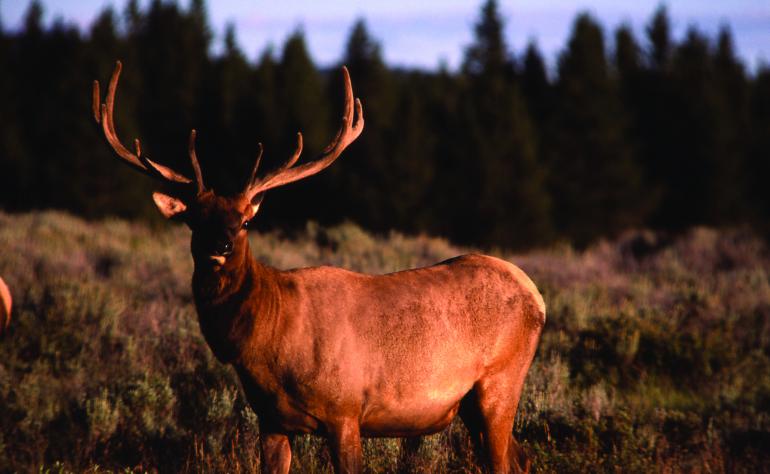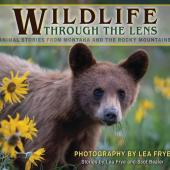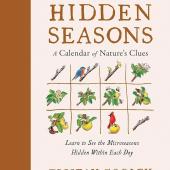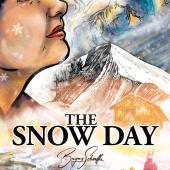Elk Ragout
So you shot an elk, ate the backstraps, and made most of it into sausage and jerky. Now what to do with the odds and ends? Sure, you could make them into chili, but didn’t you do that last year? It’s time to expand your culinary repertoire and branch out. Ragout is a classic cool-weather stew that can be made with just about any cut of meat—even the freezer-burned stuff that usually makes the garbage can two summers later. Ragout makes for hearty meal and can be served over mashed potatoes or rice (I prefer potatoes). Ingredients are as follows:
3 pounds elk chuck, cleaned & cubed
3/4 cup flour, seasoned with salt and pepper
2 onions, medium diced
3 parsnips, medium diced
3 carrots, medium diced
4 celery ribs, medium diced
6 cups water
2 cups red wine
10 peppercorns
6 juniper berries
4 bay leaves
5 ounces pearl onions (frozen)
2 sprigs thyme
Dust the elk with the seasoned flour. Over medium heat in a large sauté pan with a little oil, brown off the elk and add a little red wine. Now take the vegetables and elk, place in a deep ovenproof pan. Add the water and the sachet. (For this recipe the sachet is the peppercorn, juniper berries, bay leaf, and thyme.) Make sure that the sachet is wrapped up in cheesecloth so that it can be easily removed. Bake for 3-4 hours. Check for tenderness of the elk. Serve with roasted or mashed potatoes.
Savor Wild Game Cookbook
Chuck and Blanche Johnson
Belgrade, MT
Wilderness Adventures Press, Inc., 2004
207 pages
Chuck and Blanche Johnson support the idea that if you're going to kill it you should at least eat it. After years of hunting across the U.S. and Canada, the Johnsons recently published the Savor Wild Game Cookbook, which contains over 125 recipes for pheasant, chukar, quail, grouse, partridge, woodcock, turkey, dove, duck, goose, deer, antelope, elk, buffalo, rabbit, and squirrel. Not one for squirrel, I'm thankful that most of the recipes also work well with chicken or beef. The book also includes tips on dressing and cooking game to obtain the most use and flavor. The recipes are simple but sophisticated and restaurant-quality; this is not a book for the person wondering what he can make with a box of Bisquick and a can of soup. There is an emphasis on using fresh ingredients, herbs, and wine. Although Blanche encourages substitutions for the butter, oil, or cream found in many of the recipes, there is still nothing healthier than cooking your own food and knowing exactly what's in it. The "Recommended Wines for Wild Game" section could have been more carefully edited, but overall this is a wonderful, adaptable, all-in-one resource for hunters and game cooks.
-Tina Orem













